Market Trends
Key Emerging Trends in the Sustainable Fabrics Market
There are notable developments in the sustainable fabrics market that indicate consumers' growing knowledge of and desire for textiles that are socially and environmentally conscious. It is imperative for stakeholders to comprehend these market trends in order to effectively navigate the changing environment and leverage emerging opportunities. Below is a succinct summary of market trends in the Sustainable Fabrics sector: Growing Environmentally Aware Consumerism An important development in the market for sustainable fabrics is consumers' growing inclination toward eco-conscious shopping. Due to their desire to make ecologically beneficial purchases and their rising awareness of environmental issues, consumers are actively seeking out products manufactured from sustainable materials. Growing Use of Recycled Materials: The industry is seeing a sharp increase in the manufacturing of fabrics using recycled materials. Recycled polyester, post-consumer trash, and other upcycled materials can be used to create sustainable fabrics that are becoming more and more fashionable. This movement emphasizes recycling and minimizing environmental effect, which is in line with the circular economy concept.
Growing Need for Organic Cotton: As a sustainable fabric alternative, organic cotton is becoming more and more in demand. Because organic cotton is grown without the use of synthetic fertilizers and pesticides, improving soil health and lowering the environmental impact of cotton production, more and more consumers are preferring apparel made of this fabric. Innovation in Alternative Fibers: The development of alternative fibers is exhibiting innovation in the Sustainable Fabrics market. Because they are less harmful to the environment than traditional fibers like cotton and can be grown sustainably, fabrics made of bamboo, hemp, Tencel, and other plant-based fibers are becoming more and more popular. Traceability and Supply Chain Transparency: In the market for Sustainable Fabrics, supply chain transparency is starting to take center stage. More and more brands and manufacturers are disclosing details on the whole production process, from sourcing raw materials to making fabrics. This openness guarantees accountability for sustainable practices and empowers customers to make educated decisions. Adoption of Water-Saving Technologies: Water scarcity is a global concern, and the textile industry is addressing this issue by adopting water-saving technologies in fabric production. Sustainable fabric manufacturers are implementing dyeing processes that minimize water usage and exploring innovative methods to reduce the environmental impact of water-intensive textile manufacturing.

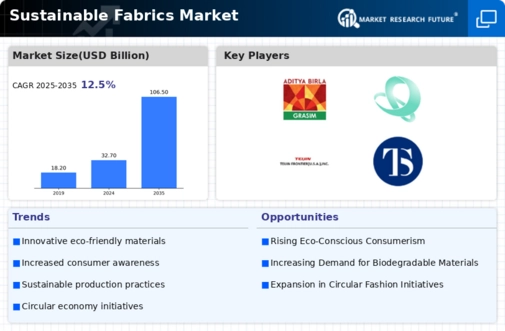
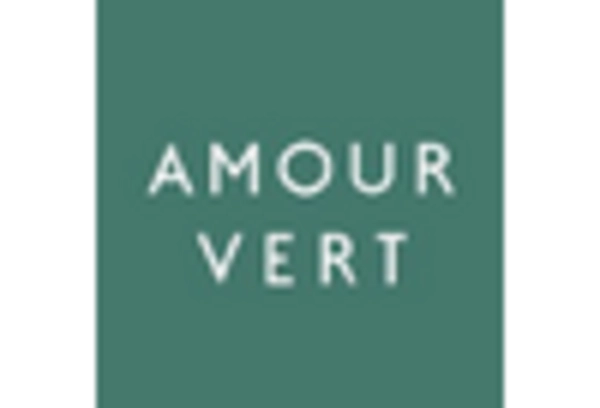
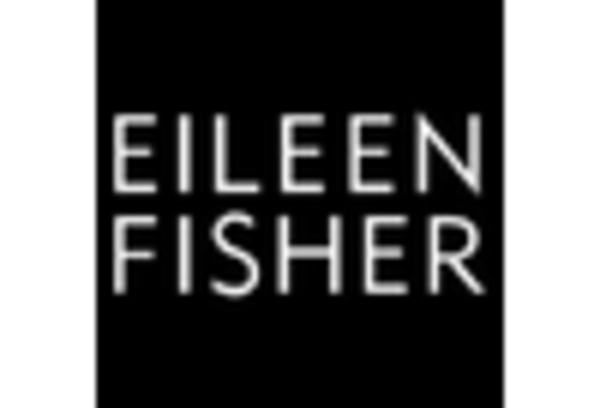
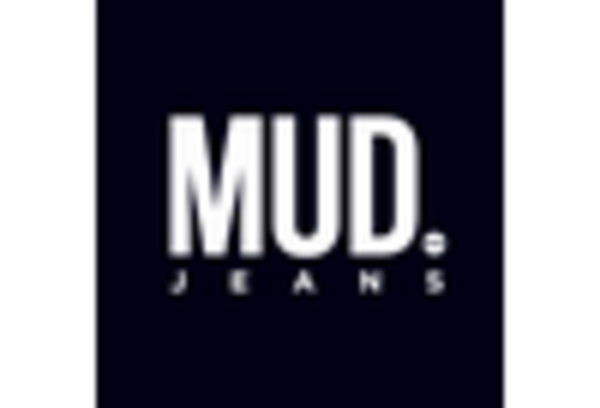
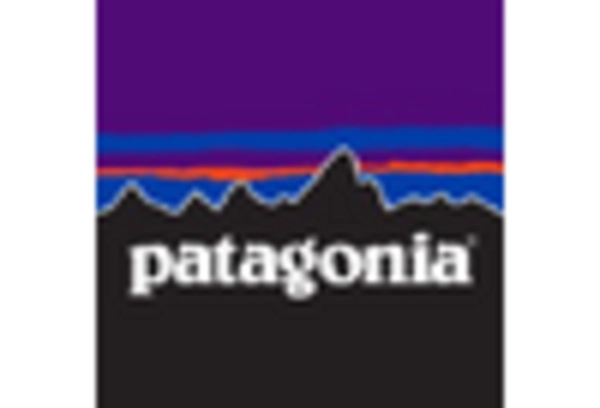
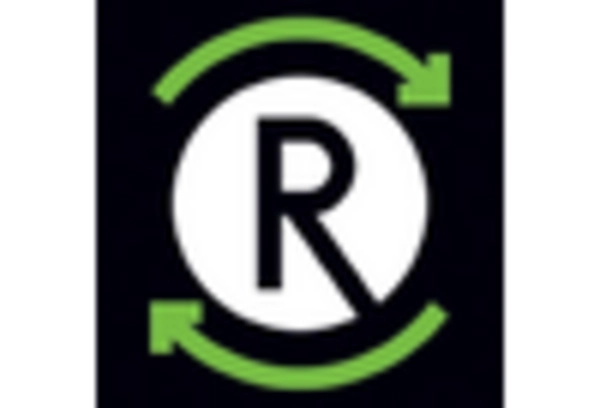
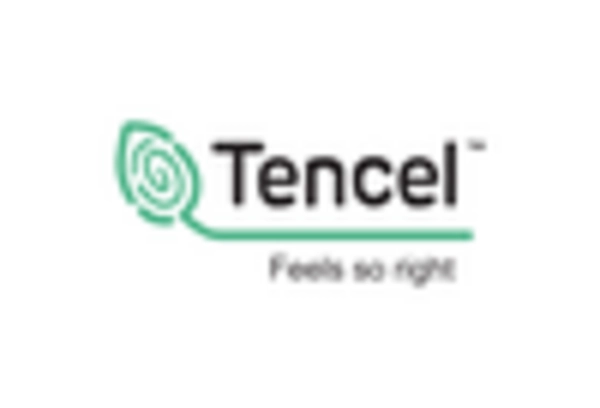









Leave a Comment